The question “Do you want a side of fries with that order?” is arguably the most commonly asked follow-up question when placing an order at a fast-food restaurant. French fries are among the top American comfort foods alongside burgers, pizza, and fried chicken since its humble beginnings in Belgium as a peasant dish until popularized in the 1920’s as “French frieds”, then eventually just fries in the 60s.
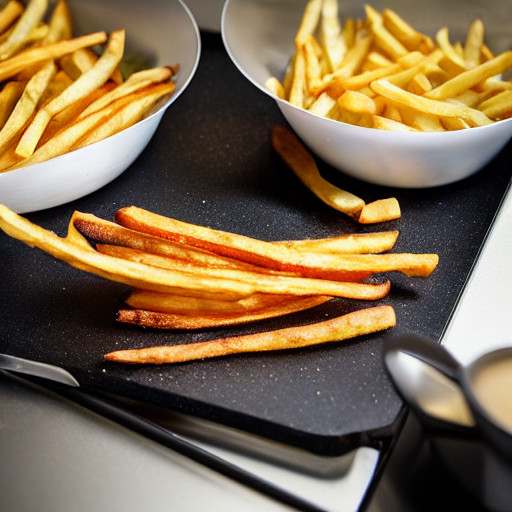
Although French fries are fatty and salty, this does not stop us from spoiling ourselves when we get one whiff of its distinct aroma.
The demand for potatoes worldwide is a testament to how popular French fries are. It is said that “Global production of potatoes exceeded 359 million metric tons in 2020. With a production volume of almost 19 million metric tons that year, the United States was the fifth largest market for potato production worldwide.”
If you’re someone who loves to indulge in French fries every once in a while, we’ll teach you how to make them on a stove at home. You’ll see why homemade French fries are, without a doubt, better than your fast food variant. From how it’s cooked, to have a dish cuisine customizing it with your flavors of choice, you’ll eventually look at French fries differently.
Origins
Contrary to its name, French fries aren’t actually from France. They were invented in a village near the River Meuse in Belgium. The villagers traditionally ate fried fish. However, when winter comes and the river is frozen, the fish-deprived villagers would fry potatoes instead. When American soldiers came to Belgium during World War I, they dubbed these fried potatoes “French fries” because French is one of the main languages spoken in Belgium—hence the name.
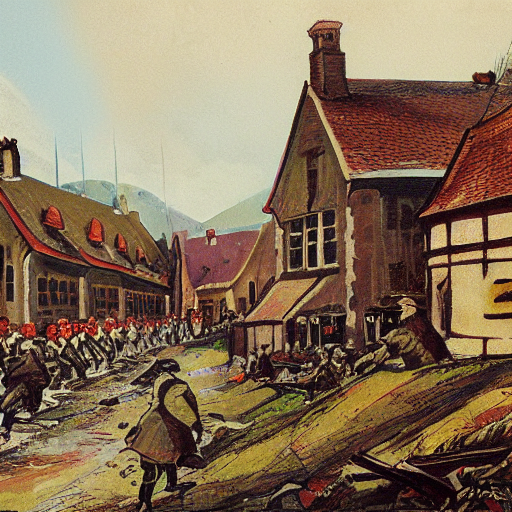
Frying
“Frying” is the process of cooking food in oil or fat using cooking oil, butter, or lard. When cooking French fries, we use a method of frying called “Deep frying.”
The difference between regular frying and deep-frying is the amount of oil used. When it comes to the regular or “shallow” frying, we only use a small amount of oil to cook something, while deep frying involves completely submerging food in hot oil. Lots of oil means lots of fat, which can have detrimental health risks like increased chances of cardiovascular diseases and cancer.
But what makes fried food so delicious? Frying food with the help of oil helps it undergo a process called the Mallard reaction. The Mallard reaction gives fried food its distinct golden-brown crust from burning amino acids and sugars in the food, ultimately elevating a food’s flavor profile.
Health Risks
Frying food is associated with an increased risk for heart disease and cancer. In a recent 2020 study, cooking food in oil also correlates with an increased risk for Type 2 Diabetes. So, it's best to eat fried food in moderation, including deep fried French fries.
A 2017 study assessed the correlation between potato consumption and mortality in 4,400 older adults over eight years and it revealed:
- Higher potato consumption (including fried and non-fried potatoes) was not associated with a higher risk of death.
- Eating French fries more than twice a week was associated with a more than doubled risk of death.
- Individual confounding lifestyle factors–such as body mass index (BMI), weekly alcohol consumption, ethnicity and smoking habits–influence the correlation between potato consumption and moretality.
While French fries are great, the multiple health risks associated with them are far too significant to justify eating them regularly. However, there are healthier ways to cook French fries if you don’t want to cut them out of your diet entirely.
Baked french fries
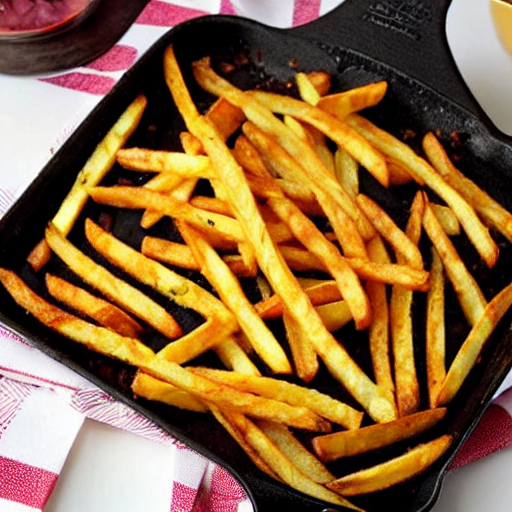
Due to the frightening lists of diseases that are caused by eating deep-fried foods, we have put together a list of alternative cooking methods that we can use to mitigate these health risks. These include:
- Baking - This baking method still leaves fries crispy. Oven-baked crispy french fries are still equally delicious, not to mention healthier, because of omitting the use of oil. This cooking method always leaves leftover. Which is great we can use the air fryer to heat them up for a tasty snack.
- Pan-frying - You can pan-fry potatoes to limit cooking oil use, but it requires a bit more work since you’ll need to flip the potato slices individually to cook them evenly. A good tip is to make your potato slices larger, so it’s easier and more efficient to flip them.
Air-frying - Despite the name, air-fryers don’t actually fry your food but bake them through convection heating, similar to ovens.
Air-fryers use heated air, while ovens use heating sources from the top and bottom of their chamber. Which, in turn, cooks food healthier than traditional frying.
Steps in Making Crispy Homemade French Fries
Cooking French fries at home is relatively easy. However, the perfect French fries need meticulous care and a bit of culinary understanding to achieve that famous crispy golden color. Follow these steps to make sure your fries aren’t soggy, tasteless, and unappetizing from lack of presentation.
Prepare the ingredients
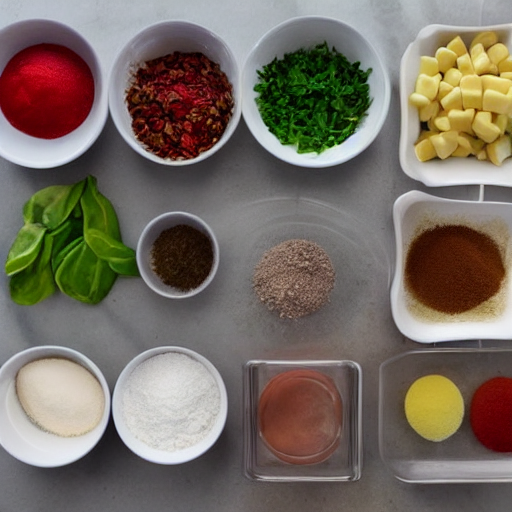
Potatoes are the first thing you’ll need when cooking French fries at home. Remember that there are different types of potatoes, each with a distinct feature and how they are best served. If you’re looking for the best type of potato for fries, Yukon gold potatoes, Russet potatoes or Idaho potatoes are your best bet. Their high starch content and low moisture make them the perfect choice when frying.
The following essential ingredient is cooking oil. When choosing which type of cooking oil to use, make sure you use something with a high smoke point so it doesn’t burn at high temperatures.
The most commonly used cooking oil with high smoke points are:
- Coconut oil
- Vegetable oil
- Palm oil
- Sunflower oil
- Peanut oil
- Vegetable or peanut oil
Don’t use olive oil or butter when deep-frying. Not only is it expensive, but it these can cause your fries to burn at high temperatures.
Choosing fresh potatoes
When it comes to choosing potatoes, make sure they are fresh. Fresh potatoes are firm and have minimal dark spots or blemishes on their skin. Giving potatoes a quick whiff can also determine their freshness. A moldy odor can mean that those potatoes have seen better days.
Moreover, look out for potatoes with green patches on their skin. These green patches contain Solanine, a highly toxic compound that causes gastrointestinal or neurological symptoms. The green pigmentation is actually the formation of chlorophyll, responsible for all green pigmentation in plants—which in by itself is harmless.
However, chlorophyll formation in potatoes indicate that it had been continuously exposed to light, and light, coincidentally, accelerates the production of solanine as well. Both processes are independent but the “greening” from chlorophyll can be used as an indicator that solanine is already at toxic levels.
Wash and peel potatoes
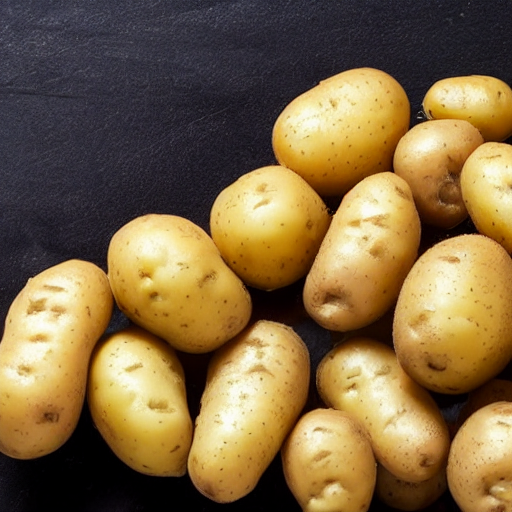
Before anything else, make sure you wash your potatoes thoroughly. Potatoes are tubers which means they grow beneath the ground. The soil used in planting the potatoes could harbor harmful microorganisms that could be dangerous for you or your family. Use a large pot with cold water to wash you potatoes.
After washing your potatoes, you have the choice of peeling them or not. While skinned French fries look more familiar, fries with the skin on can give your potatoes a rustic look, not to mention that it dramatically alters the texture and mouth-feel of the dish. Peeled or not peeled, how you prepare your potatoes is always up to you.
Drain your potatoes
Make sure you drain your potatoes thoroughly until most of the water is out and you get it as dry as possible. Excess water can react violently with hot oil causing them to splatter uncontrollably, which could cause burns. In 2019, The American Burn Association (ABA) National Burn Repository reports that 31% of of burns are cause by scalds, and that includes oil burns.
Patting your potatoes dry with paper towels is also an excellent way to dry them quickly and effectively.
Slice your potatoes
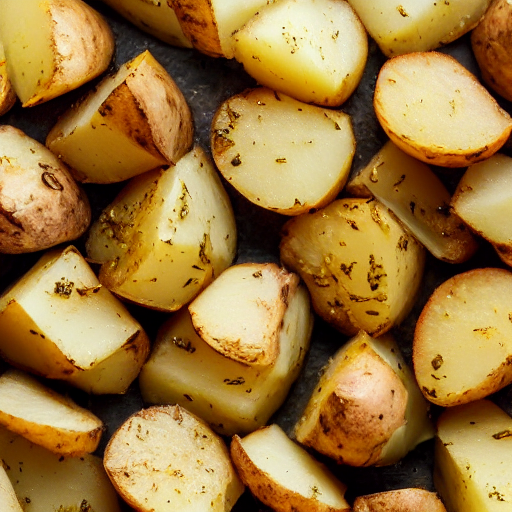
When slicing your potatoes, medically speaking, thicker slices are better for you because it reduces the formation of acrylamide—a cancer-causing compound found when frying potatoes. A 2019 study that looked at how temperature and slice size affects acrylamide formation in potato fries found that “the most appropriate frying temperature, time, and slice size for the lowest acrylamide formation [is] at 150°C, for 10 min and 9 mm slice size, respectively.” If this is not too big of a deal for you, you can always slice your potatoes according to your preference. After you can cut french fries and lay them on paper towel lined plate.
Heat oil on stove
Place a skillet or casserole pot on your stove on heat, then pour your oil of choice and make sure you have enough oil to submerge the sliced potatoes completely. Using a kitchen thermometer, measure the temperature of the oil and wait until it reaches 135 degrees C. You don’t want the oil to get too hot because you’ll risk burning the potatoes on the outside and leaving them raw on the inside.
TIP: If you don’t have a kitchen thermometer, try throwing a pinch of salt into the oil and watch out for sizzling. If it does, your oil is now ready for frying. A sizzling wooden chopstick can also determine if your oil is ready.
Add your potatoes to the skillet/pot
Slowly add your sliced potatoes and make sure you don’t get splashed with the hot oil. If you’re oil bubbles with the potatoes, it’s a good sign that your oil is nice and hot. Move your potatoes every once in a while to cook them evenly. Do this for 15-20 minutes or until the potatoes are golden brown. Remove them from the pot and set them aside for about 3 minutes since you’ll need to fry them twice.
Now, turn the heat up to high until it reaches 175 degrees C, and fry your potatoes for the second time for at least 30 seconds. Don’t fry them too long, or you'll risk burning your fries. The first fry was for cooking the potatoes thoroughly, while the second fry makes them crispier.
Place fries on a plate with paper towels to absorb excess oil
Your fries are now ready! But first, you need to drain them from excess oil to make them less greasy and at least a bit healthier. Make this a habit every time you’re deep-frying any kind of ingredient. When it comes to frying, no matter how unhealthy it is, every bit of excess oil removed helps.
Optional toppings
Now comes the fun part. When your fries are ready, you have the option of giving your fries a twist of flavor. You can add powdered cheese, bbq, or sour cream powder to give it more taste. You can also add some cayenne pepper or paprika for an extra kick of spice. Of course, you can’t go wrong with the all-time classic of just adding salt and pepper.

Another way of enjoying your French fries is by adding melted cheese, marinara sauce, and ground beef to give it a punch of complex flavors for a more indulgent experience. French fries are also an excellent way to test your creativity as a home cook. So, try different sauces and ingredients to make it as delicious as possible.
Plate and serve
Now your fries are finally ready. Try one and adjust the seasonings or fry sauce according to your preference. Carefully gauge and judge your fries and how good they are. If you’re serving others, you can ask for constructive criticism on what could be improved. Cooking is a process, and no recipe is set in stone—adjust accordingly until you finally have the Perfect french fries.
If you think that your fries are great and ready for the big leagues, you also have the option of making it a business. With how popular French fries are, a delicious recipe could potentially be an excellent first step to making extra money.
Potato Alternatives
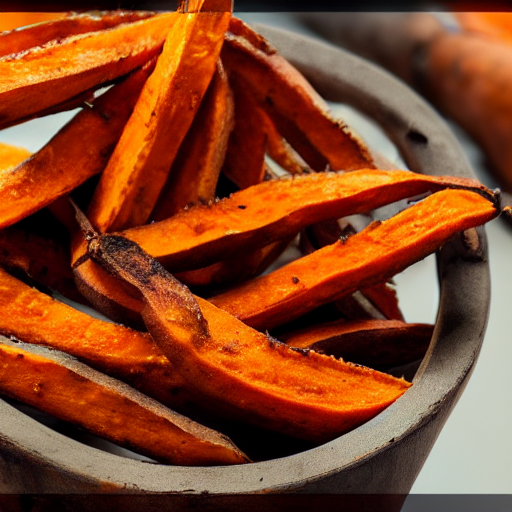
As we all know, potatoes are the main ingredient in cooking French fries. However, there are also some alternative ingredients that we can use to make our French fries a little healthier. Unfortunately, fried vegetables aren’t considered healthy food since toxic compounds called aldehydes are produced when frying. Fried foods also tend to be high in saturated fats, low in nutrients, and have extra calories from sugar.
Sweet Potato
Sweet potatoes have a higher saturated fat and sugar content when compared to potatoes but are more nutrient-dense. Using sweet potatoes as a substitute when cooking French fries gives it a sweeter twist great for a side dish .
Zucchini
Zucchini fries are a healthier substitute for potatoes because of their low-calorie content. One medium-sized Zucchini only has 25 calories in it. Try Zucchini fries if you’re someone who calorie counts.
Cassava
Cassava fries or “Yuca fries” are healthier than potatoes because it is Acrylamide free. Which substantially decreases your risk of getting cancer.
Plantain
Frying unripe plantains have a similar starchy texture to potatoes, but the taste is mildly sweeter. The more ripe the plantain, the more sweet it is.
Chickpea
Chickpea fries are a low-calorie alternative to potatoes that pack a lot of protein. Chickpeas can prevent or offset the development of cardiovascular diseases and type-2 diabetes while promoting healthier weight management.
Conclusion
Cooking fries at home is always better. The choice of making it healthier, putting different toppings and seasonings, or even making it out of an entirely different ingredient offers endless possibilities to the humble french fry. You have a better level of control over your food when compared to eating fries from fast-food joints.
Frequently Asked Questions (FAQs)
Do you have to soak potatoes before frying

You don't have to soak potatoes before frying them, but it's generally recommended. Soaking the potatoes helps to remove some of the starch, which can make them more mushy when cooked. It also helps to prevent the potatoes from sticking to the pan. If you don't have time to soak them, you can also try par-boiling the potatoes for a few minutes before frying.
Why do you boil french fries before frying
There are a few reasons to boil french fries before frying them. The first reason is that boiling the fries will help them to cook evenly and will help them to stay crispy when you deep fry them. The second reason is that boiling the fries will help to remove some of the starch from the potatoes, which will make them less likely to stick together when you fry them. And the final reason is that boiling the fries will help to pre-cook them, which will make them less likely to burn when you fry them.
What are fresh potatoes
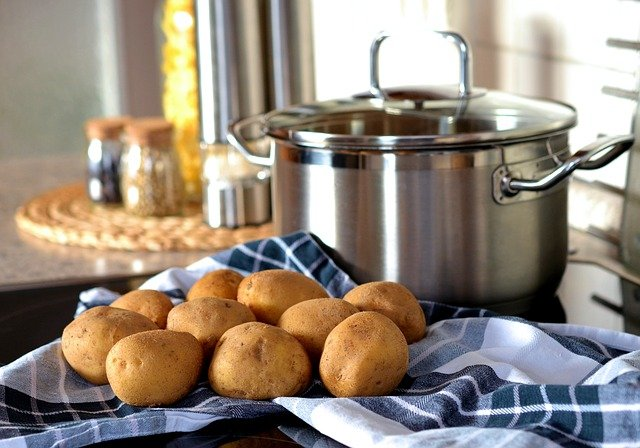
Potatoes are a tuberous crop that is usually grown in cooler climates. They come in many different colors, but the most common type is the Russet potato. Potatoes are a good source of dietary fiber, vitamin C, and potassium. They are also low in calories and have a relatively high glycemic index, meaning they cause a relatively large increase in blood sugar levels after being eaten. You can use many different spices and sauces to making homemade fries different. A few example you can use kosher salt and pepper and canola oil ,Garlic powder, onion powder, garlic salt just to name a few. You will need a large bowl in order to mix' your potatoes. You can also cut them in different shapes. For example, you can cut thicker fries or thinner fries. Lastly you can use different dipping sauces depending on your recipe variations.
When should I buy new potatoes
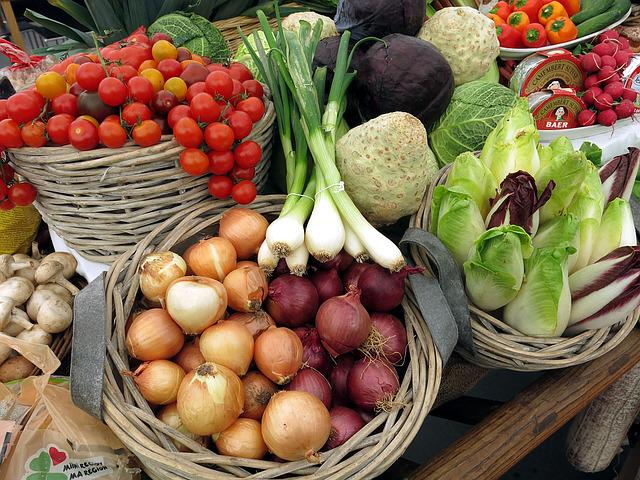
New potatoes are those that have been harvested recently, within the past two to four weeks. They're called new because they haven't had a chance to cure or harden off, so they're at their peak of flavor and nutrition calories .
Ideally, new potatoes should be eaten within a few days of purchase, but they can last up to a week in the fridge if you store them in a paper bag. If you want to store them for longer than a week, you can freeze them. You can cut thin fries or cut potatoes into small pieces to storage them easier.
Should you soak potatoes in salt water before making french fries
No, you should not soak potatoes in salt water before making crispy fries. Soaking potatoes in salt water can actually make them soggy and less-likely to crisp up when fried.
cooking tips, Instead, try blanching the potatoes in hot, but not boiling, water for about 2 minutes before frying. This will help them to get crispy on the outside without being too greasy.

